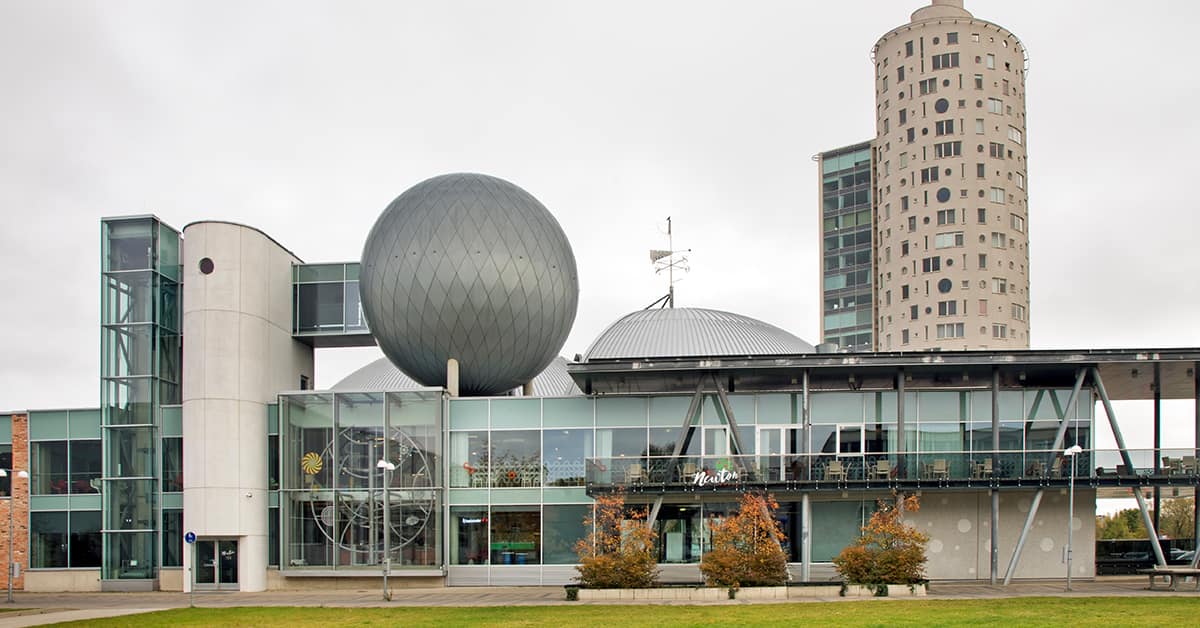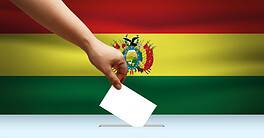By embracing new technologies, Estonia has become the Baltic region’s economic rising star.

|
VITAL STATISTICS |
|---|
|
Location: Eastern Europe |
|
Neighbors: Finland, Russia, Latvia |
|
Capital city: Tallinn |
|
Population (2022): 1,321,833 |
|
Official language: Estonian (nearly 25% of citizens ethnic Russians) |
|
GDP per capita (2021): $27,280 |
|
GDP growth (2021): 8.3% |
|
Inflation (2021): 4.7% |
|
Unemployment rate 2021 (est): 6.2% |
|
Currency: Euro |
|
Investment promotion agency: The Estonian Investment Agency |
|
Investment incentives available: Grants and financial incentives make no distinction between foreign and domestic investors. Tax breaks for major investments. Undistributed profits, retained or reinvested, exempt from taxes |
|
Ease of Doing Business rank (2020): 18 |
|
Corruption Perceptions Index rank (2021): 13 |
|
Political risk: Small economy. Sensitive to external shocks. Economy and society significantly impacted by Russia’s invasion of Ukraine. Relatively stable pro-EU coalition government. |
|
Security risk: Proximity to Russia a destabilizing factor for Estonia’s national security. NATO membership is a significant tool in national-security arsenal. |
Estonia is fast becoming the digital economy star of the European Union (EU). Its pioneer approach to growth-through-innovation positions the minnow-size Baltic state among global leaders in core next-generation technologies such as cybersecurity, 6G, artificial intelligence, blockchain and cryptocurrencies.
The country is primed to become the first to fully embrace Web3 technology, widely touted as the future of the internet. The blockchain-based web ecosystem comprises cryptocurrencies, nonfungible tokens and decentralized autonomous organization, while promoting decentralized finance and token-supported economics.
Estonia’s meteoric advance as the most internationally focused of the Baltic economies has been remarkably swift. Until August 20, 1991, when it reclaimed its full independence from the Soviet Union, Estonia had existed since the end of World War II as the Estonian Soviet Socialist Republic, an agriculturally based and largely deprived Baltic coastal territory of the Soviet empire.
Aided by more-prosperous Nordic neighbors, led by Finland and Sweden, the fledgling post-independence Estonia went through a long and tough transformation to modernize key areas of its economy. Leading Nordic corporations, including Ericsson and Nokia, helped via technology partnerships with state and private organizations in Estonia to build a state-of-the-art communications infrastructure.
Following independence, Estonia’s primary objective was to shed the stigma of its Soviet-era past. Estonia became a full member of an expanding EU in 2004, the same year it bolstered national security by joining the North Atlantic Treaty Organization (NATO).
Russia-based cyberattacks remain an ever-present threat for Estonia, especially amid deepening security tensions in the area. Estonia’s capacity to repel such threats is enhanced by the NATO Cooperative Cyber Defence Centre of Excellence (CCDCOE). The Tallinn-based CCDCOE is a cybersecurity hub that provides cyberdefense expertise to member states.
The Russian invasion of Ukraine, which has destabilized the wider Nordic and Baltic Sea regions, poses a serious risk to Estonia’s economic growth going forward, particularly against the backdrop of rising inflation and an economy still recovering from Covid-19.
Although the war has heightened tensions between Baltic capitals and Moscow, it hasn’t yet adversely impacted foreign investor interest in Estonia, according to the Estonian Investment Agency (EIA), also known as Invest in Estonia, the country’s investment promotion agency.
“In real terms, the number of investment enquiries we are currently receiving is like what we were getting before the war started,” says Joonas Vänto, director of EIA. “We are seeing a consistently high level of overseas interest.”
The surge in Estonia’s technology, food and pharmaceutical sectors is mirrored in its GDP, which increased from $5.7 billion in 2000 to $36.3 billion in 2021, according to the World Bank. Venture capital invested in Estonia-based startups amounted to €2.6 billion between 2015 and 2021, according to EIA, the highest figure in the Central and Eastern European region. In January 2022 alone, over €820 million was invested in Estonian startups.
Simpler and Lower Taxes
In addition to the country’s advanced digital society, international investors are drawn by the simplified taxation system for both corporations and employees. Corporate tax isn’t levied on companies’ resident in Estonia, or those permanently established by foreign owners, on profits retained and reinvested in Estonia. The tax on distributed profits runs at 20% but is lowered to 14% in cases where dividends are paid to legal persons.
Estonia continues to be a magnet for investment from leading Nordic corporations. Since 2021, Nordea Bank and smart tech groups Solita and Ensto Building Systems have invested in capital projects to expand operations in Estonia.
The country’s push to become a major European hub for finance-sector actors developing pioneering financial solutions lies behind an initiative by Finantsinspektsioon, the country’s Financial Supervisory Authority (FSA), to create an innovation hub.
The innovation hub will provide an interactive conduit for the FSA to help banks and fintechs navigate their way through the legislative framework in the development of product and service solutions for the financial market, notes Mari-Liis Kukk, head of the FSA’s Innovation Department. “Rapid technological development has a significant impact on the financial sector and on the business models, services, products and applications used in it,” Kukk says.
Estonia’s high ambitions in the e-finance domain are underscored by new legislation introduced by the Ministry of Finance that will set down operational and supervisory requirements for the fintech sector. The bill includes provisions to cover crowdfunding platforms and platforms that provide opportunities to invest in crypto assets. Moreover, it will require all virtual currency service providers licensed by the FSA to apply for activity licenses.
“We witnessed strong growth in Estonia’s fintech sector as more foreign companies start operations here. We are seeing growth in innovative services while new solutions to raise money are entering the market,” Keit Pentus-Rosimannus, Estonia’s finance minister, told a financial markets meeting at Estonia’s national parliament on June 8.
But, she added, “the activities of these service providers are either unregulated or minimally regulated. This needs to change.”
Estonia’s image as the cleanest of the Baltic financial marketplaces was seriously tarnished in 2017-2018 following revelations of the so-called Danske Bank Estonia scandal. Estonian authorities determined that over $205 billion in suspicious money transactions, a large proportion originating in Russia, had flowed through accounts held at the now shuttered Danish-owned bank. The scandal resulted in a steady tightening of Estonia’s anti-money laundering laws. Most recently, a law strengthened in March 2022 will deal with more-complex financial instruments and innovations, such as cryptocurrencies, which increase money laundering risks.
“Estonia cannot and must not tolerate any financial crime. The prevention of money laundering is a political priority for us,” says Pentus-Rosimannus.



